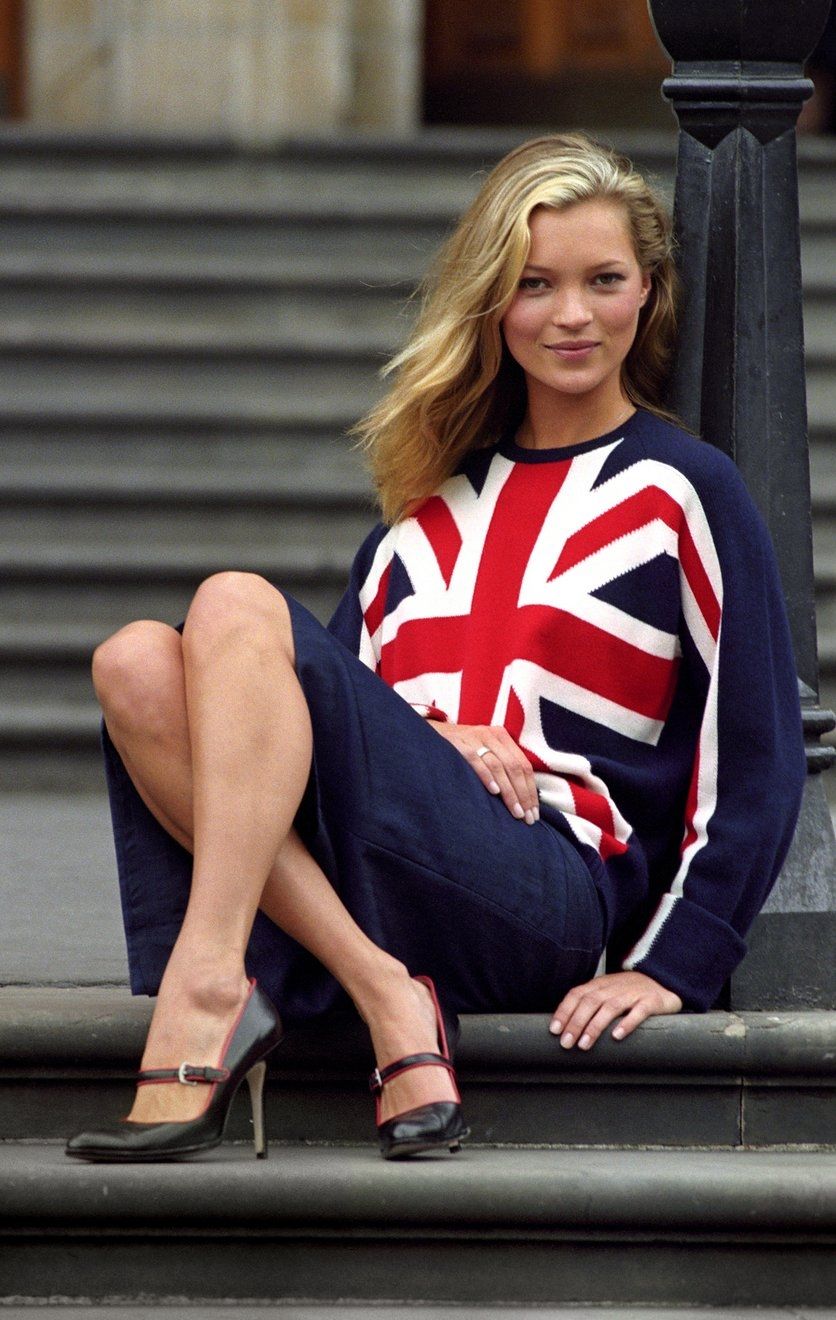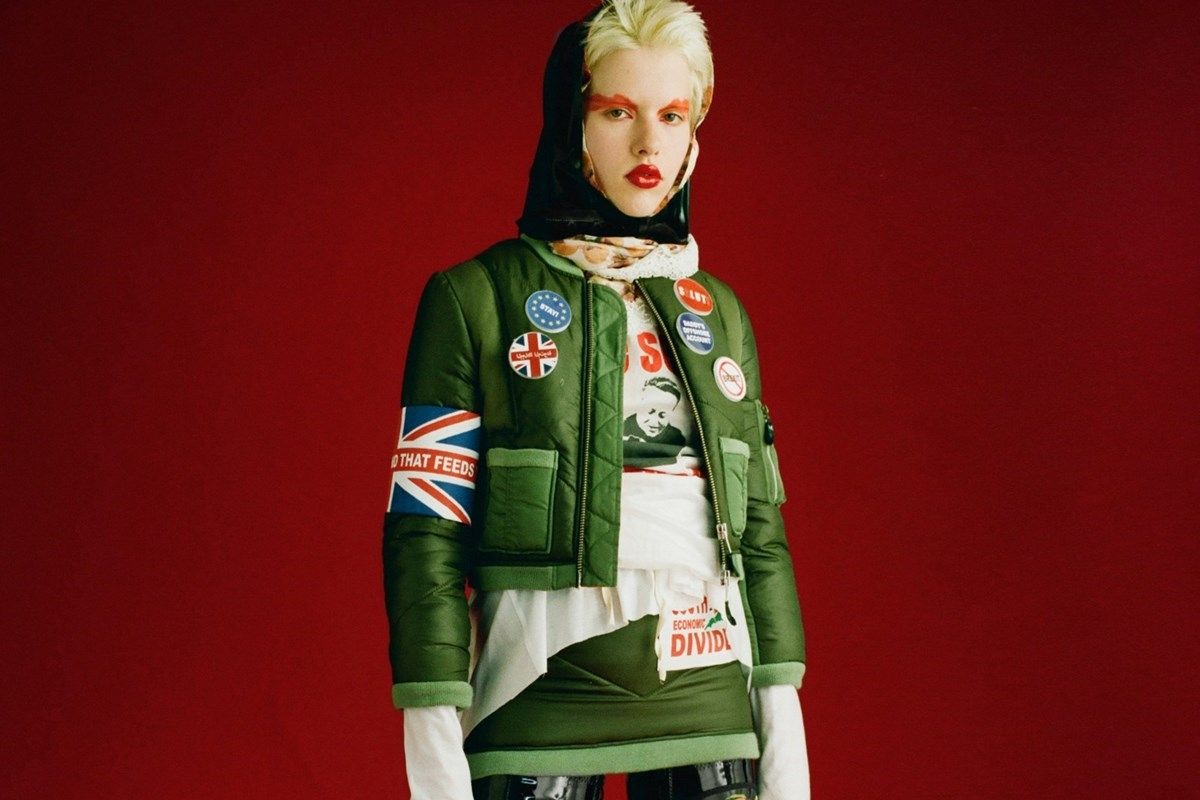
Anarchy in the UK fashion The future of British fashion after Brexit
Last June 23rd, British citizens have been called to vote the referendum which has signed the UK's exit from the EU. The 72,2 % of the UK inhabitants participated and, with 51,9% of ratings, Brexit won, contradicting statistics and polls, and leaving startled the european public opinion.
The final “breaking” is not immediate, the time expected for the procedure is quite long, it will take years maybe, but “Brexit” consequences immediately overwhelmed Great Britain and Europe. At first, the collapse of the pound sterling against the US dollar, with losses greater than 10 %, and remarkable losses due to the fall of the main european stock exchanges in connection with the financial market uncertainty.
Afterwards, Prime Minister David Cameron, who wanted the referendum himself, but then carried forward a pro-“Remain” campaign, resigned and will be replaced within six month by a new Prime Minister. Finally, Brexit has been the spark which primed a chain reaction of discontent against EU, that fears other pro-exit referenda, and the independence requests from Scotland and Northern Ireland which were in favor of the “Remain”.
Therefore, this is a historical turning point that has consequences in every fields: politic, economic, social and on European common feeling. I grant that the passport matter for your London holidays is the last of your problems.
And what has been the reaction of British fashion?
London has always been one of the greatest fashion capitals, reference point for new successful trends, groundbreaking emerging talents and a boundless landscape of youth subcultures and movements, which have always inspired the wardrobes from all over the world. A dynamic, cosmopolitan market could not suffer some impacts because of Brexit.
One of the meaningful consequences could be the remarkable loss of funds intended for fashion institutes. In fact, the European Regional Development Fund has invested millions in British fashion. The London College of Fashion has received a substantial financing from the European institution, which has supported and sponsored a lot of projects for helping fashion designers and increasing their work opportunities. The ERDF has also supported the British Fashion Council economically, with about £5 million in the last few years, creating a strong basis for the growth of designers, stylists and other professions of this sector.
In terms of economic aspects, the situation is more complicated. In fact, the United Kingdom is still in the single market, but it's very hard it will continue to remain inside after its exit from Europe. This could probably imply the loss of facilities and reduced rates for the trade woth European countries. The most obvious consequence is that the prices of a lot of products, clothing too, could suffer a high soaring.
During a recent interview, CMMN SWDN's designer Saif Bakir said his brand, just like other ones, has always dealt with euros, because it's a money that has gained more and more value in UK and is used widely. So, apparently the Brexit should not affect his business radically.
However, the situation is not so easy. In fact, the meaningful problem concerns imports and exports with European Union. For example, the fashion designer Matthew Miller declared that about 70% of his product is exported in Europe and further. It's a remarkable fact that could face drastic changes with the future actions for the new British economic-finantial order.
Similar problem for CMMN SWDN, which imports a huge quantity of materials for its collections from Italy, Portugal and Poland. This trade could become more difficult if UK leaves the single market forever. Obviously, the consequences would affect the production costs, but also the prices and, so, the customers.
Another consequence concerns the European students that want to study fashion in the United Kingdom. Unlike the extra-European students, which pay higher rates (for example, a course at Central Saint Martins in London costs around £10.000 in total for an English student, in contrast with the £15.000 paid by an international student), European students are protected and pay the same rates of the British. But this could change after the English decision to leave European Union. It is a change that could have strong consequences for fashion institutes, which have always been famous for being the place to go for the most foreign students and for giving support to a lot of well-known talents.
What is certain is that the future of British fashion, whose industry is one of the most important exporter of the country, is still very unclear. But what is without a doubt is the opinion of fashion designers. A survey launched by the British Fashion Council on a sample of 500 contacts, of which 290 replied, reveals that 90% have stated their preference to remain, 4.3% preferred to leave, 2.4% were undecided and 2.8% did not vote.
The group of designers that voted Remain includes Vivienne Westwood, Jonathan Anderson, Claire Barrow, Ashley Williams and Christopher Raeburn. It's a shame that this time they launched a trend that not everybody followed.


















































